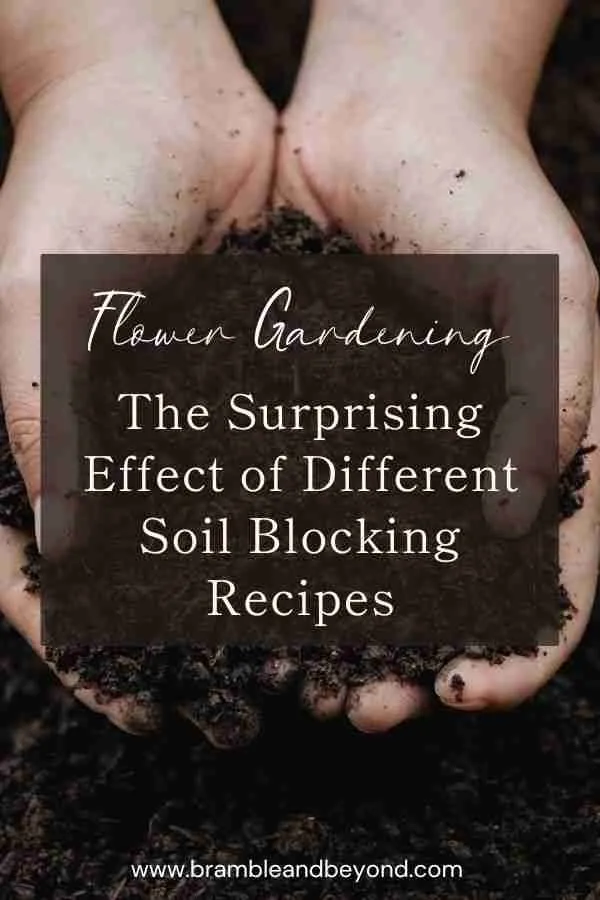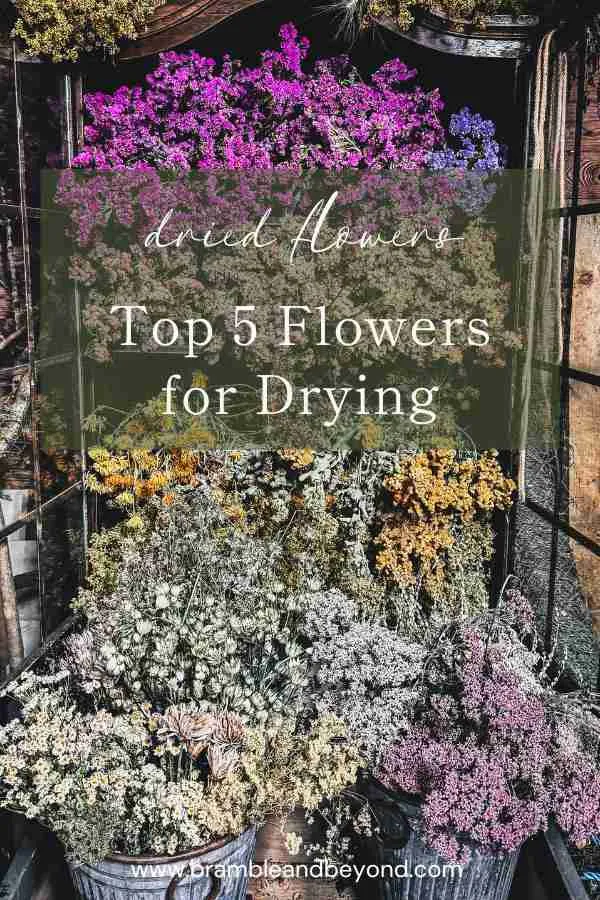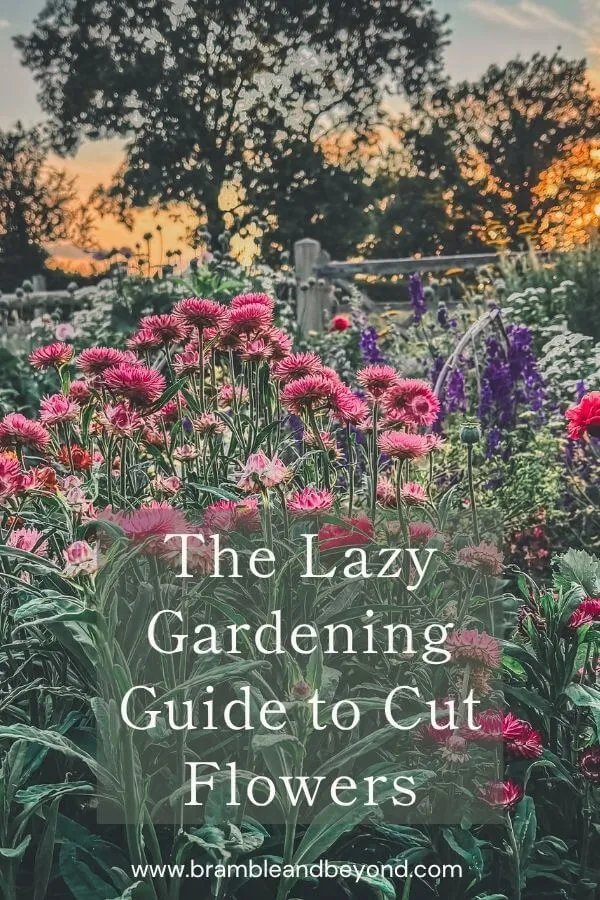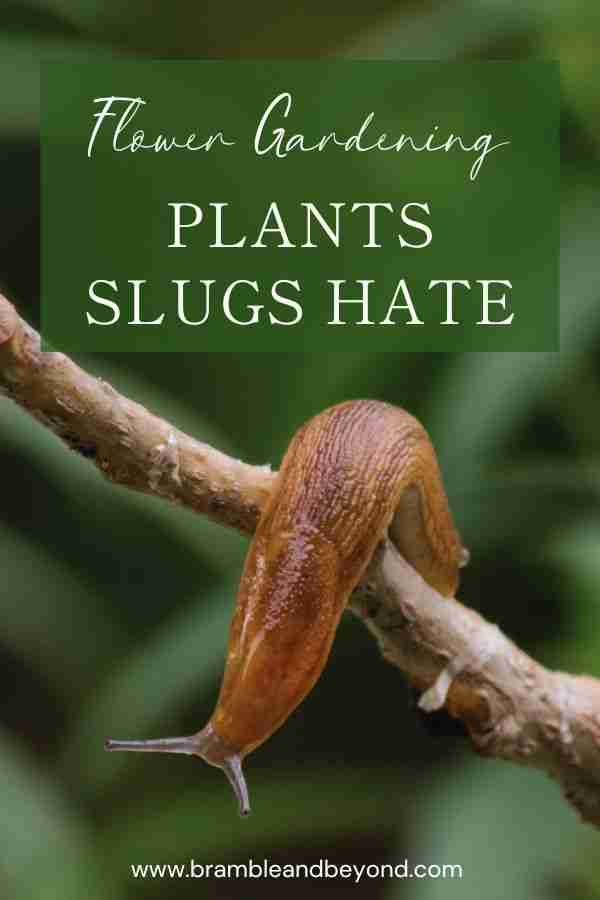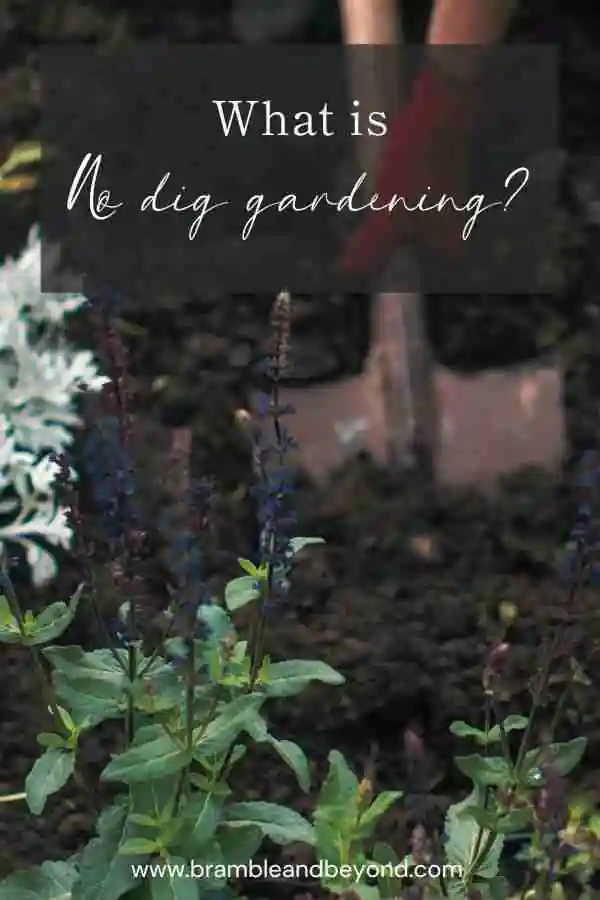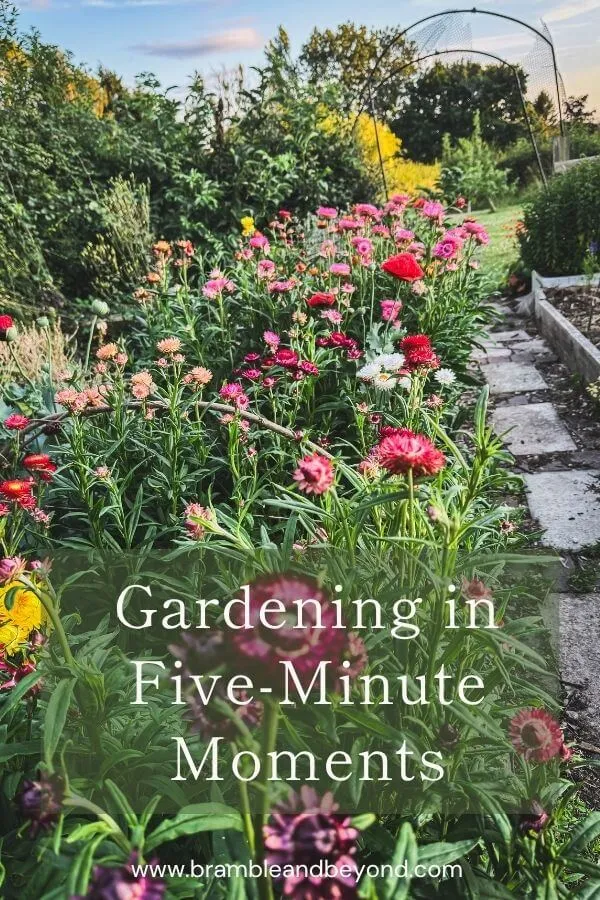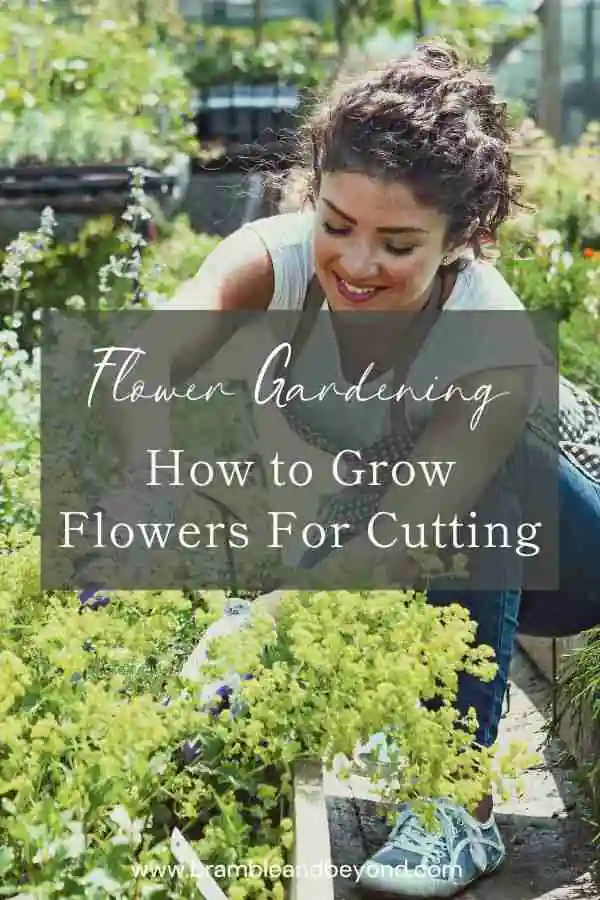Disclosure: This post may contain affiliate links, meaning I get commission if you decide to make a purchase through my links, at no cost to you. Please read my Affiliate Disclosure for more information.
Have you ever wondered why some plants grow better than others? Of course, as a flower gardener, you already know that soil quality is crucial to your plant’s growth. But did you know that your soil blocking mix can make an even more significant impact?
In this article, we’ll delve into the world of soil blocking and explore three different soil blocking mixes that can affect your plant’s growth. By the end of this article, you’ll better understand soil blocking and be able to make an informed decision for your gardening needs. So, let’s get started!
What is Soil Blocking?
So, what exactly is soil blocking? It’s a seed starting technique that involves using a soil block maker. This small tool compresses the soil into small cubes, creating perfect conditions for plants to grow. Instead of using traditional pots or containers, soil blocking allows for more efficient use of space and resources. As a result, this method has grown in popularity, especially with urban gardeners and those looking to reduce waste.
If you want to learn more about soil blocking, check out this post.
Essential factors needed in the soil blocking mix
The key component of soil blocking is obviously the soil mixture you use. This is significantly more important in soil blocking than when starting seeds in seed trays, as each seed relies on the individual seed block and not the seed tray as a whole. So when determining which soil blocking mix is best, you need to consider these three essential factors:
- The mixture must be able to provide the nutrients the seedling will require.
- It needs to hold together to create and maintain the block shape.
- The mixture needs to retain moisture as the water can evaporate from all surfaces of the soil block.
A traditional recipe has been the go-to for many gardeners for several years. However, different soil blocking mixes can have varying effects on plant growth. You can choose the best recipe for your gardening needs by understanding the various options.
Traditional seed sowing recipe
A traditional peat-based seed starting recipe has been the go-to for many gardeners for a long time and can be used in both seed trays and soil blocks. You just add more water to the mix to make it usable for soil blocking.
It is a mixture of peat-based compost, vermiculite, and/or perlite that is used to create soil blocks. The peat-based compost provides the nutrients, and the vermiculite/perlite aids in water retention, drainage and helps with aeration. The recipe has been widely used due to its availability and affordability.
Additions such as worm castings or other chemical additives can be made to improve the nutritional aspect, but essentially it’s a simple recipe.
The basic soil blocking mix I have used is as follows:
- 1 part vermiculite/perlite
- 4 parts sifted compost
- 1 part worm castings
- water as required depending on whether to use it for soil blocking or seed trays.
However, there are some downsides to using a peat-based soil blocking mix. Peat is not a sustainable resource and is often harvested from wetlands, which can lead to adverse environmental impacts. Additionally, it can become waterlogged and compacted, which can hinder plant growth.
It is now vital that we stop using peat-based composts and start using peat-free compost to help reduce our carbon footprint and save our peat bogs.
Replacing the peat compost with a peat-free version should be a simple matter. However, peat-free composts are new, and their quality is variable. I use Silvagrow, which has been supplying peat-free compost for years and is a proven good quality peat-free compost that provides good results. However, it is expensive.
Peat-free compost can be used in the same way as peat compost. So if you want to keep your recipe simple, mix your sifted peat-free compost with some vermiculite or perlite and bind it with water and continue as usual.
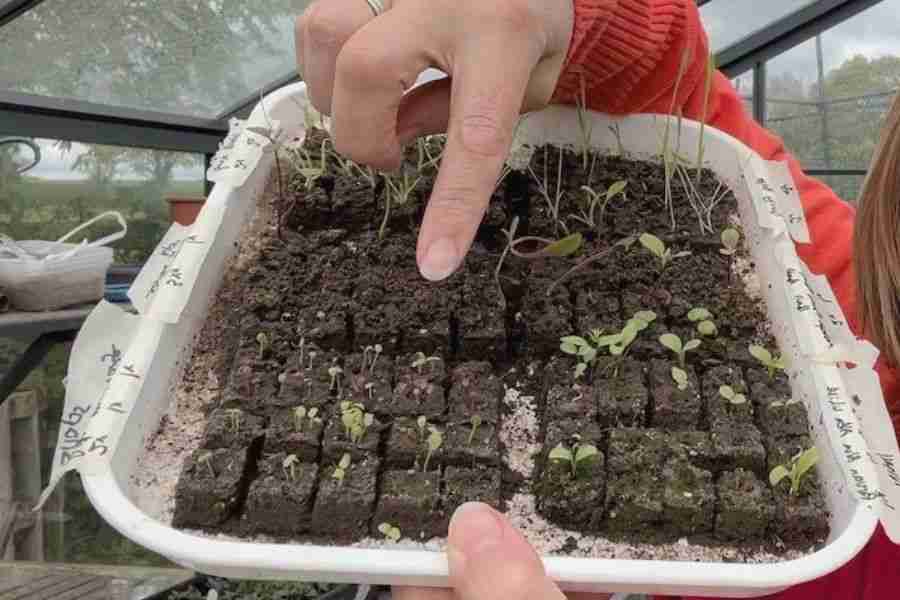
Alternative soil blocking mixes
Treating soil blocks the same as seed trays can be a mistake for many gardeners as seed trays are more forgiving with their environment. Soil blocks have so much to do in a tiny space. Giving them all the help you can by modifying the recipe for soil blocks will often give you better results.
Replacing some of the compost with alternative materials in soil blocking mixes can offer home gardeners a more sustainable and beneficial option.
Coconut coir
One such material is coconut coir, made from the husk of coconuts and a waste product of the coconut industry.
Coconut coir has similar properties to peat, making it an effective substitute. It retains moisture well, provides good aeration for plant roots, and offers good structural stability. Coconut coir also has a neutral pH, meaning it won’t negatively impact the acidity levels of the soil.
The coconut coir generally comes in solid blocks that you rehydrate. Once hydrated, you can use it in a similar fashion as the compost.
The recipe I have used is as follows:
- 1 part vermiculite/perlite
- 1 part hydrated coconut coir
- 4 parts sifted peat-free compost
- 1 part worm castings
This recipe can be used for soil blocking or seed trays alike; add more water to the soil blocking mixture to help form the soil blocks.
Wool Pellets
Another material proven to grow healthy seedlings is substituting the coir for wool pellets.
Wool pellets have excellent water retention, have slow-release nitrogen, and are surprisingly good at detracting snails and slugs.
The wool pellets also need to be rehydrated before use. I use 1 part water to 1 part wool pellets, and it will soon form a slushy, smelly mush. To this, add the additional components and more water if you are creating soil blocks.
The recipe I have used is as follows:
- 1 part vermiculite/perlite
- 1 part hydrated wool pellets
- 4 parts sifted peat-free compost
- 1 part worm castings
In all of the above recipes, the worm castings are optional. I’m using them because I have a wormery (which I highly recommend), and they are just a means of adding more nutrition to the peat-free compost.
While the peat-based soil blocking recipe has been the go-to for many gardeners, it is vital to consider the impact of this practice on the environment. Trying out peat-free soil blocking recipes can be a sustainable and effective alternative.
We can all make a difference by taking small steps towards more eco-friendly sustainable gardening practices.
While the soil quality is undoubtedly crucial for the healthy growth of plants, the recipe you choose for soil blocking can make a significant impact too. While the traditional recipe is still an option, peat-free recipes may provide more nutrients and a better overall outcome.
Remember to weigh the pros and cons of each option and select the one that best suits your gardening needs. Your plants will thank you for it!
As you experiment with soil blocking, always remember that the smallest details can make the biggest difference.
If you want to find out more about soil blocking here are a few suggested articles:
- What is a soil block and is it the secret to healthy plants
- The surprising effect of different soil blocking mixes
- How to choose the right soil blocker
- Are soil blocks worth it? – Soil block versus seed trays
Happy gardening!

